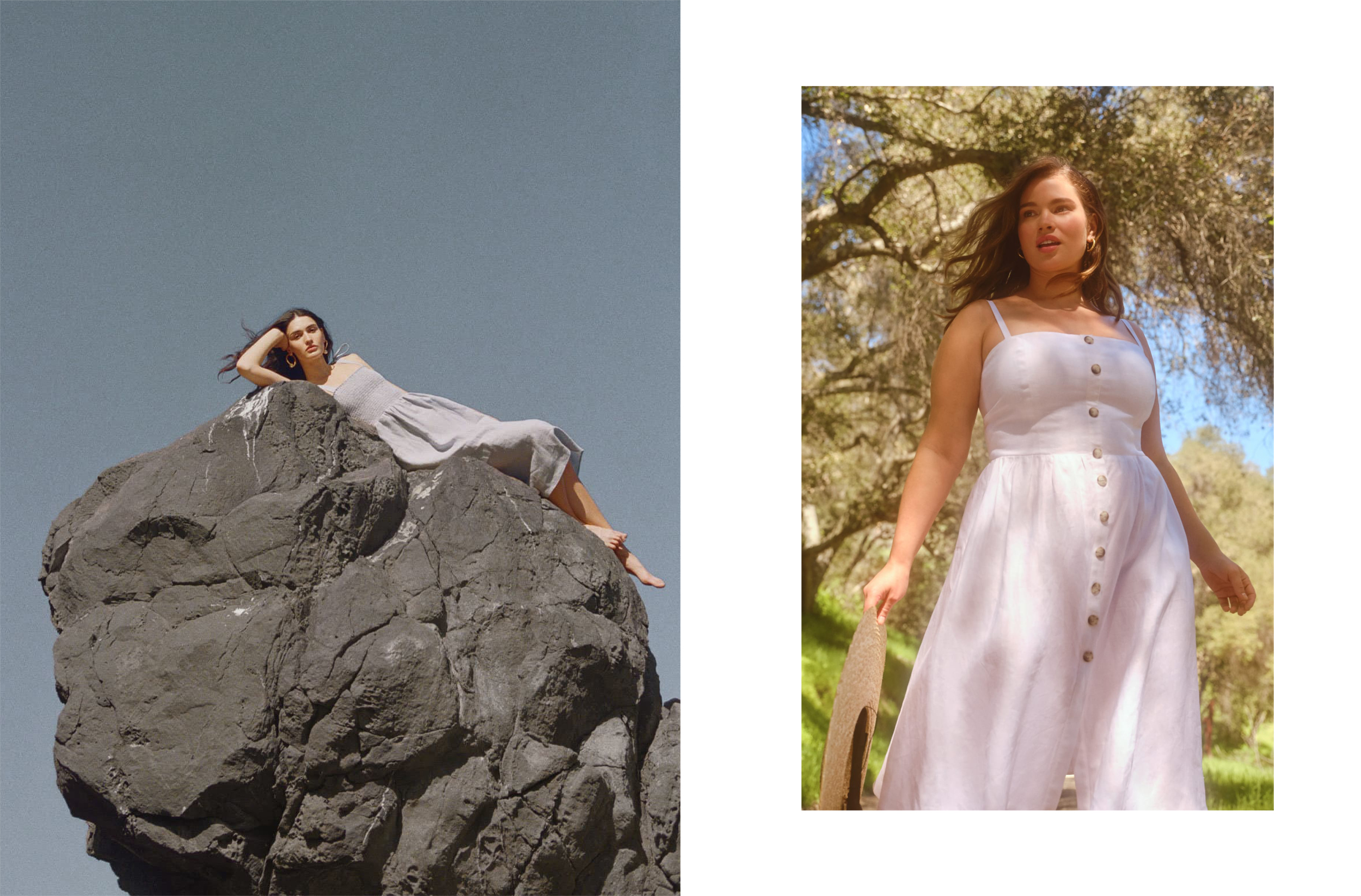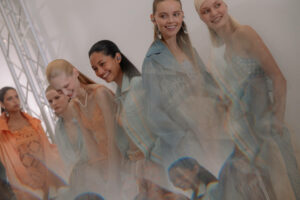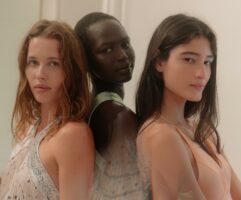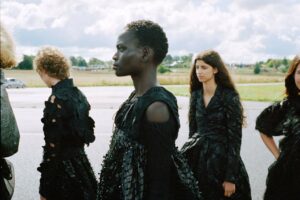Sustainability is increasingly being recognized as a hot topic, especially fashion-wise.
The conversation around sustainability is growing, also thanks to some voices from the world of fashion.
What do I think about it? Two words: “Luckily” and “Finally!”
In a year like 2020, which made us reflect on our habits as consumers and, most of all, as people, Lyst’s report in collaboration with Good On You highlighted how research related to sustainable keywords, product categories, and materials has hugely increased in each country. In Italy, there has been a 20% increase; the search for “recycled fashion” increased by 64% in the last 3 months of 2020, to make an example.
The outlook is encouraging: TheRealReal reported that sales of vintage clothes and accessories grew by 67% in the second half of 2020. It is expected to increase steadily in 5-years time mainly for three reasons: people now perceive a certain sense of responsibility towards sustainability, they want to make a difference by buying less and better, and they want to get rid of the unused or unnecessary clothes via specific platforms and realities.
As the first steps are being taken towards a more responsible fashion industry (where the brands themselves set goals and guidelines to take part in a changing process), and even though, at the same time, there is still a long way to go, some confusion around these topics is perfectly understandable, especially if you are learning about them for the first time.
We have collected all the values and words related to fashion sustainability in a practical and useful list in order to shed some light on the topic and to emphasize once again how everyone can take part in the change, even with the smallest contribution, because even the tiniest of actions could make a big difference for our future and our planet no matter what.
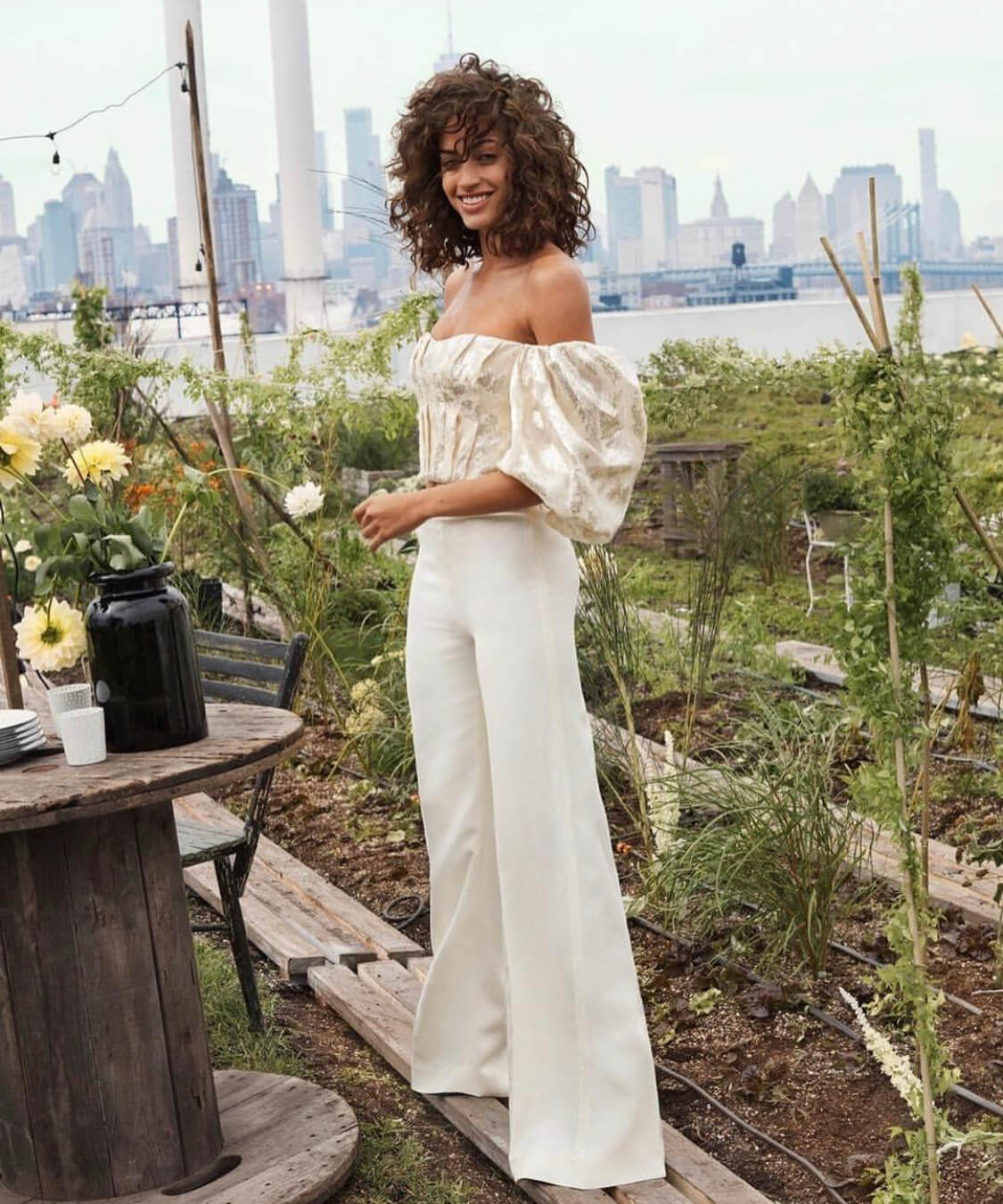
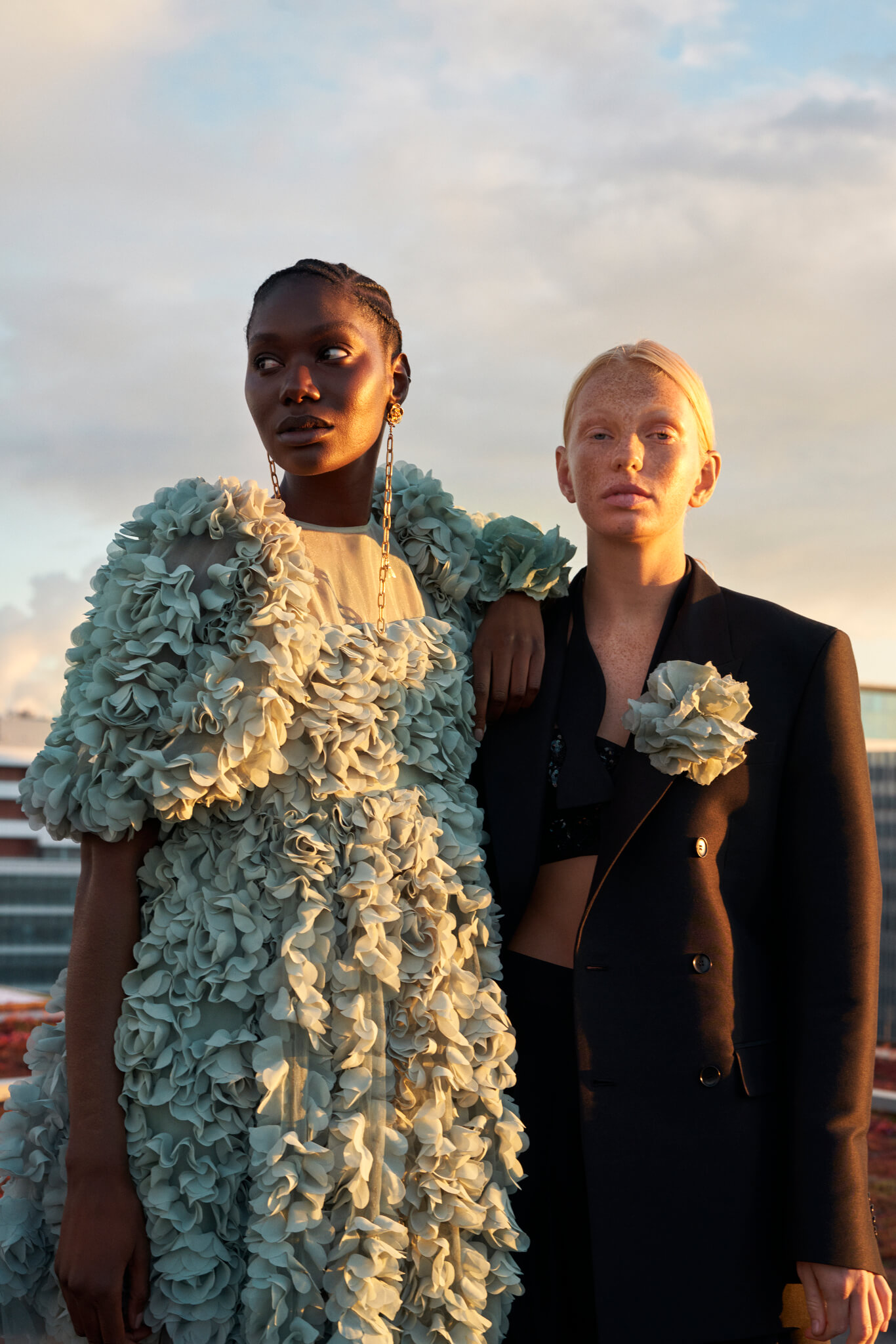
VALUES
SUSTAINABILITY
This term is of environmental and economic nature, and it applies to fashion while concerning a production system that meets the demands and needs of the current population without compromising the resources of the future ones. Sustainable fashion considers not only the availability of raw materials (such as water and energy), but also the working conditions of its employees in every part of the world, and the disposal processes to respect and ensure the well-being of the planet and its inhabitants, fighting overproduction and waste in the name of justice and real possibilities/resources.
ETHIC
Ethical fashion refers both to the environmental impact of its production process and the respect for the rights and working conditions of its workforce. It also promotes social initiatives aimed at the development and protection of the Third World community, who is often forced to work under terrible conditions. In addition to that, ethical fashion prefers recycled or low environmental-impact materials that enhance the tradition, knowledge, and resources of a certain country.
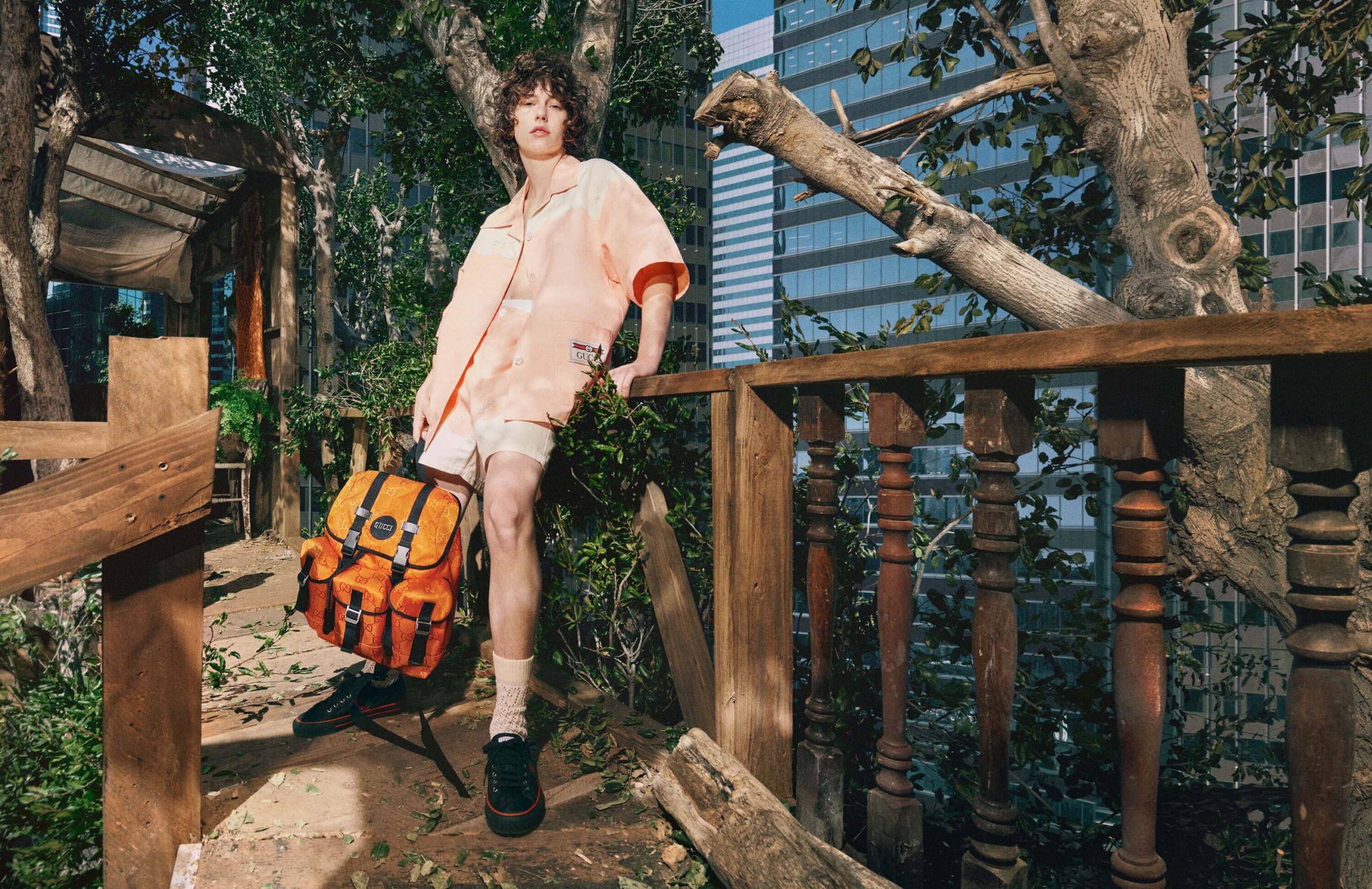
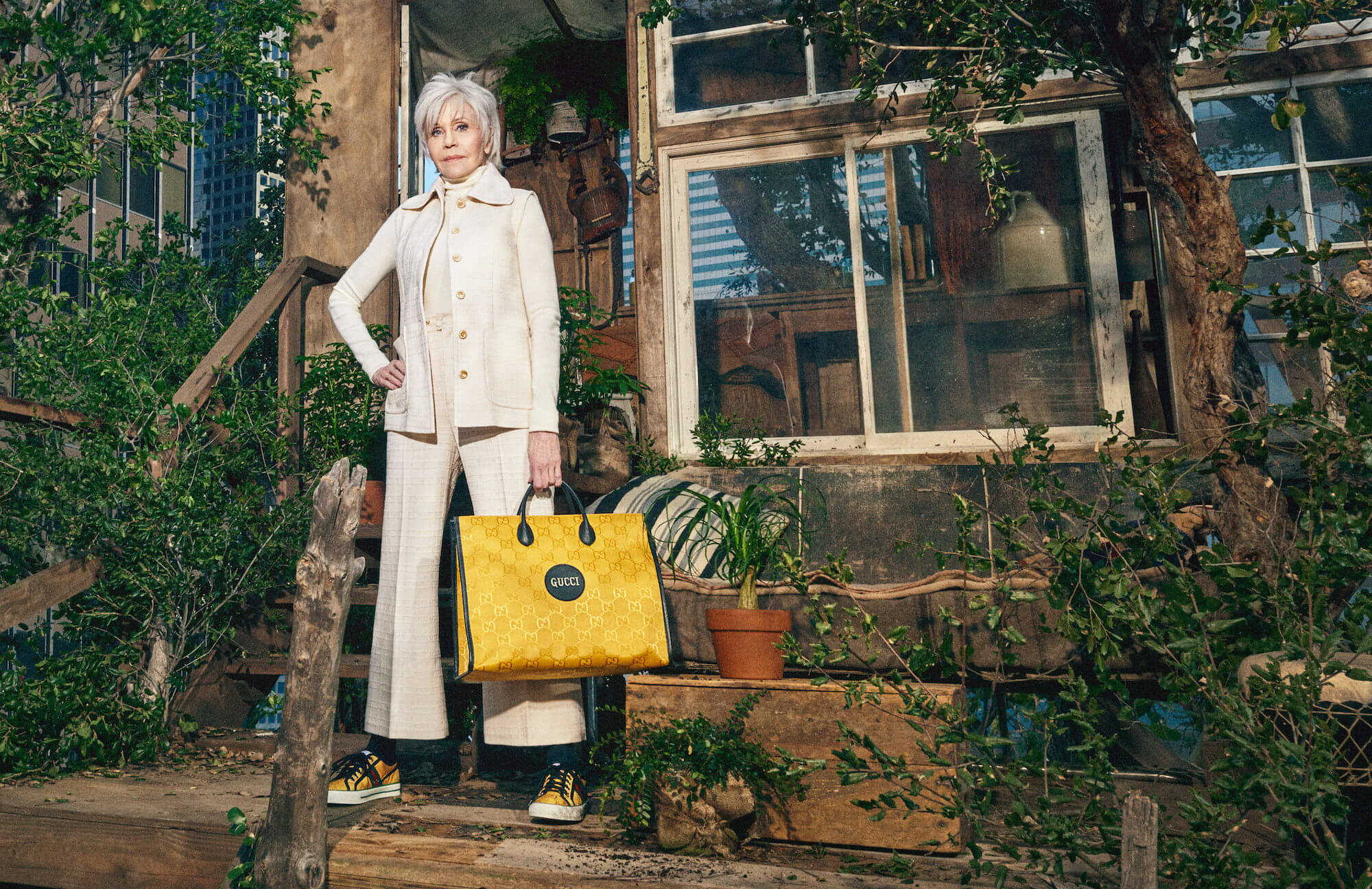
CRUELTY-FREE & VEGAN
The cruelty-free, or vegan label specifies that a brand has not tested ingredients or products on animals and that no material of animal origin has been used during production. Leather, feather, fur, and wool are therefore banned, aiming at ending the mistreatment of animals and intensive farming. There are several certifications in this regard, like the LAV, for example, which has drawn up an evaluation list on four levels: replacement of animal fur (V), replacement of feathers (VV), replacement of silk and skin (VVV), replacement of wool (VVV+). Peta, on the other hand, gives a Vegan Approved certificate to vegan and cruelty-free products, and every year it holds the Peta Fashion Awards to celebrate vegan brands and designers.
TRANSPARENCY
When a brand shares information about its practices, production processes, and policies with consumers, then we can talk about transparency. This concept refers both to the traceability of the materials, the respect for working conditions, and the rights of the workforce. Transparency is the first step towards sustainable growth and the creation of a trustful relationship with customers, who will then know what they are buying. Fashion Revolution publishes every year a Fashion Transparency Index to make updates regarding transparency in the fashion field public, and to increase the awareness of brands and consumers.
TRACEABILITY
This is the guarantee that allows the consumer to know the origin and path of a garment that ended up in their hands, and it is linked to the concept of “transparency.” Traceability refers to all phases and parts involved in the creation process (raw materials, production, and so on). In this way, the consumers know what they are going to buy, while the producer can proudly certify that they have nothing to hide about their products.
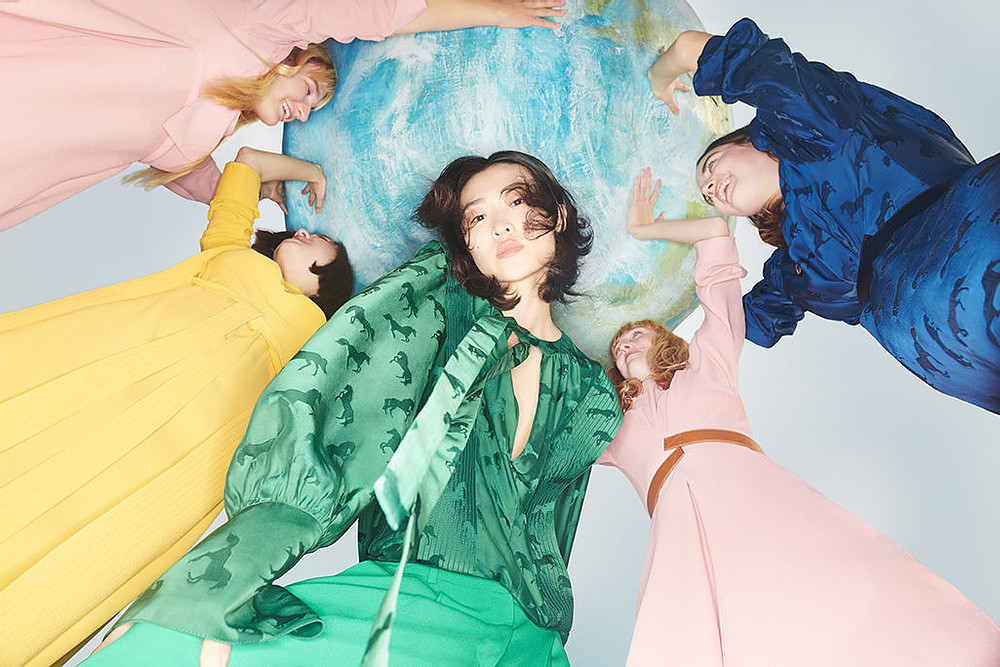
THE KEY ABC
FASHION CATEGORIES
FAST FASHION
The brands that produce and distribute their products and collections in a fast but unhealthy way. It is often a synonym for low quality, and it refers to fashion when it is linked to short-term trends that respond to consumers’ tastes in near real-time, with bargain cost and sales prices that hide the exploitation of materials and workforce. Indifference to work conditions and the environmental impact of this type of production has made the fashion industry the second most polluting industry in the world after oil. Moreover, fast fashion is responsible for many unsold products, which are burned, for the most part, releasing highly toxic substances into the air, and unwanted ones, which are thrown away after a short time or deteriorates.
SLOW FASHION
The opposite of fast fashion is slow fashion, which identifies a conscious approach to fashion, considering aspects such as environment and human rights. It refers both to a slow and sustainable production method, characterized by few and mostly artisan collections and to a conscious kind of purchase based on the concept of “less is more,” with the aim of making your clothes last as long as possible.
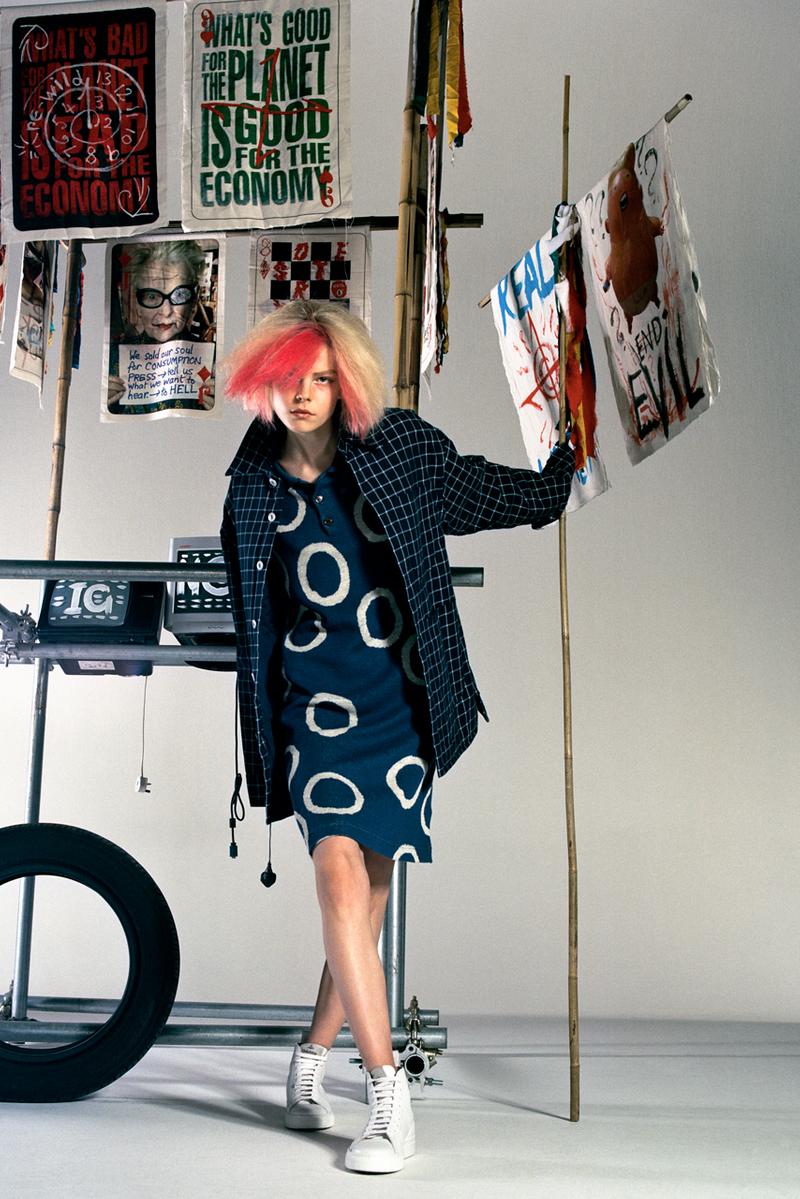

CIRCULAR FASHION
Circular fashion focuses on the use and reuse of materials and products, following a circular model that includes creation, use, and recycling. It considers everything, from design to transport, from the sale to disposal, in order to extend the life of a product. How? By choosing non-polluting materials, by focusing on quality rather than quantity, and by respecting the available resources.
RECYCLED & UPCYCLED FASHION
Recycled fashion refers to a product that is broken down into its basic materials which are then used for the creation of something new. Upcycling, on the other hand, requires the creative intervention on products or parts that would be thrown away instead, to transform and reinvent their use. An example of this second approach is the RE/DONE denim, a brand focused on reusing LEVI’S fabrics to create new models
FOR CONSCIOUS CONSUMERS
ECO FRIENDLY
It is the attitude of manufacturers, brands, and consumers who pay attention to the environmental impact of what they buy and use, limiting waste and choosing a quality and sustainable products. The term can be applied to all fields, from fashion to lifestyle.
GREENWASHING
It is a deceptive technique used by companies to win the interest of consumers: it is based on false communication of their sustainable efforts, and it omits the negative aspects of their reality in order to achieve greater profit. Basically, these companies focus more on using marketing and communication tools aimed at proclaiming the falsehood in terms of sustainability than on actual improvement to become more environmentally friendly and worker-friendly.
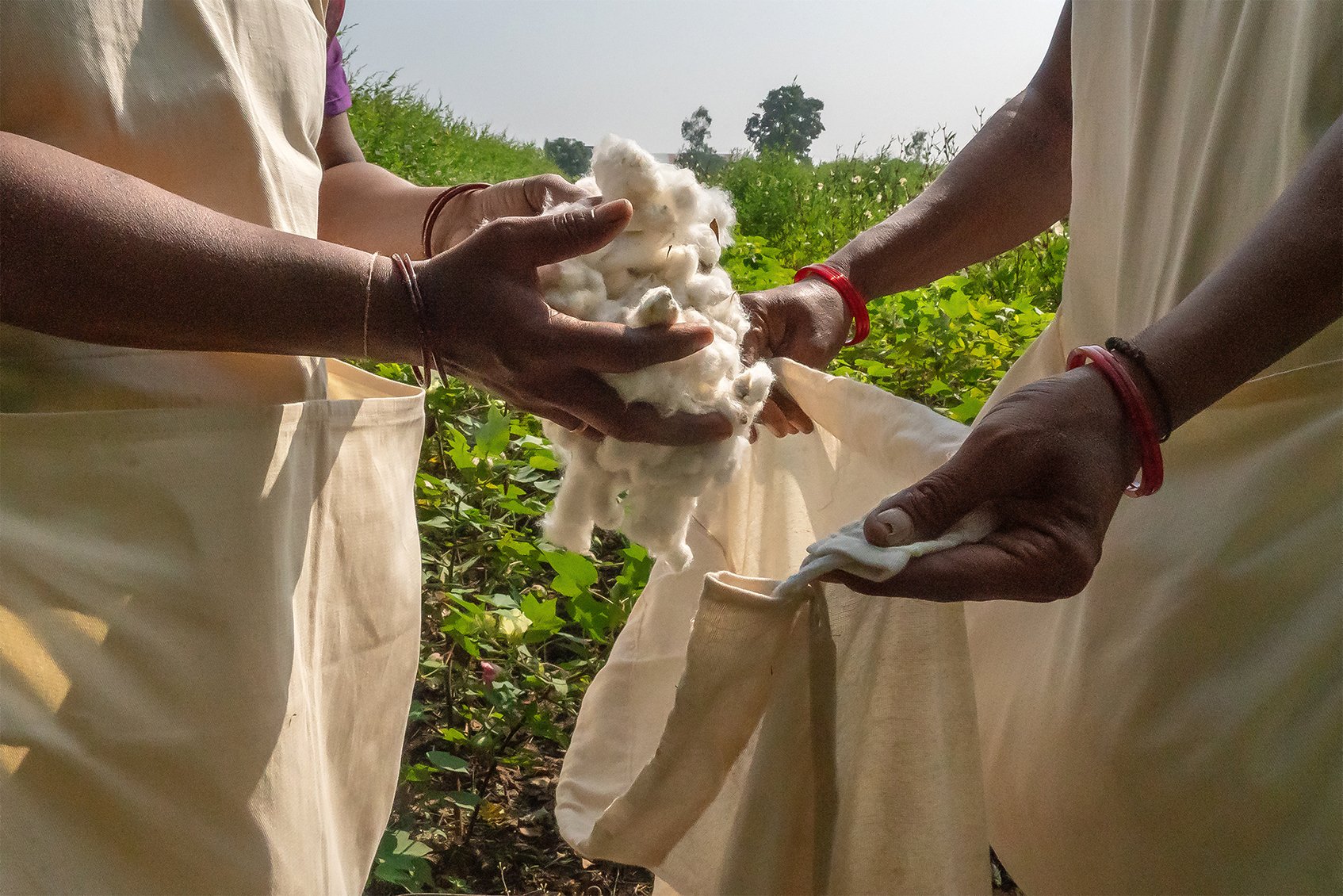
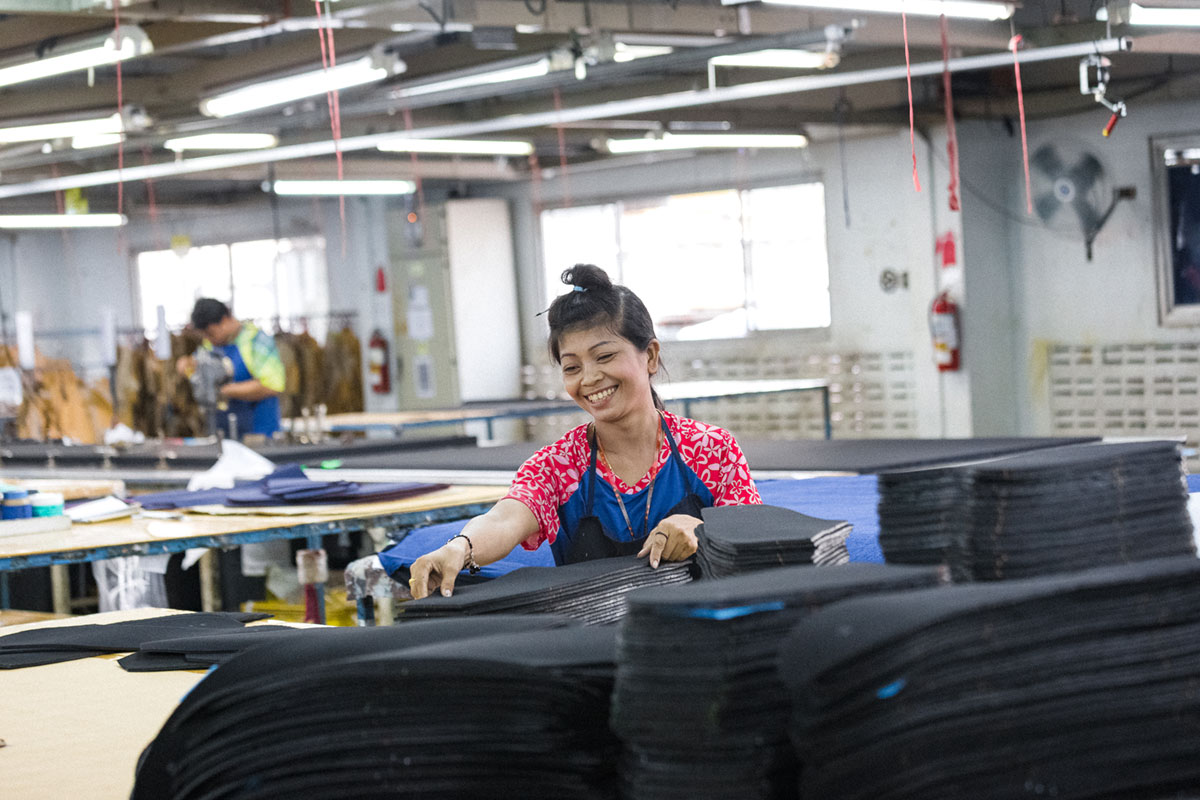
DECLUTTERING
More than a practice, decluttering is a real philosophy aimed at getting rid of superfluous objects in the name of a minimal and sustainable lifestyle. It can be applied to all fields of everyday life and, as for fashion, it refers to reducing the clothes in our wardrobe in the name of a conscious approach to what we wear, both in terms of quantity and quality. All items are usually divided into: to be thrown away, to give away, to be resold, and to be given to charity.
COST PER WEAR
It is a formula that calculates the value of a piece of clothing according to how many times it has been worn, in order to make the consumer aware of what and how often they buy. If you buy a pair of shoes for 200 euros and plan to use them twice, the cost per wear will amount to 100 euros. If you wear them 50 times instead, the cost per wear will be 4 euros. In other words, it’s better to spend a little more money on a quality piece of clothing that you’ll use long-term, than a cheap product that you risk getting rid of or getting tired of soon.
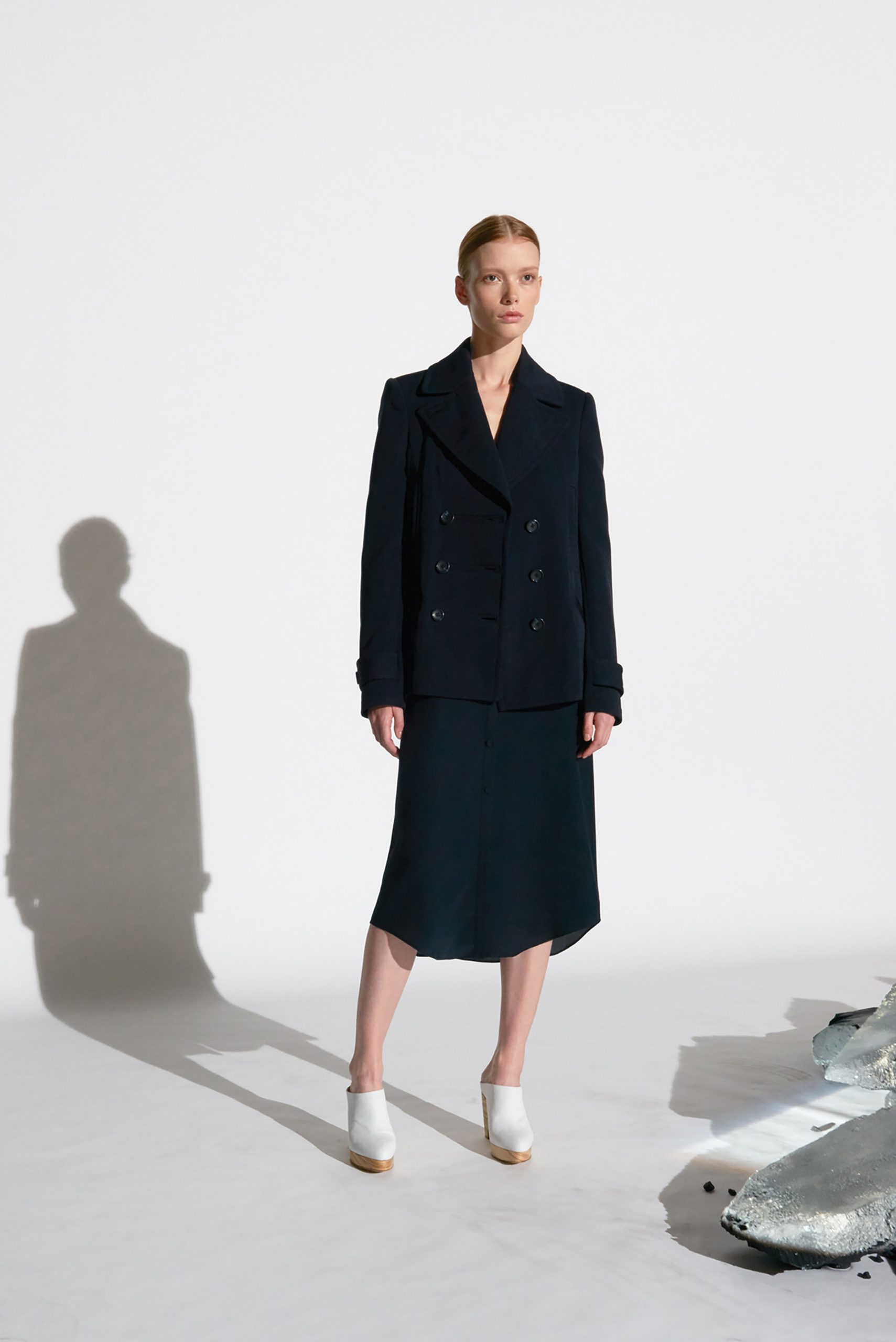
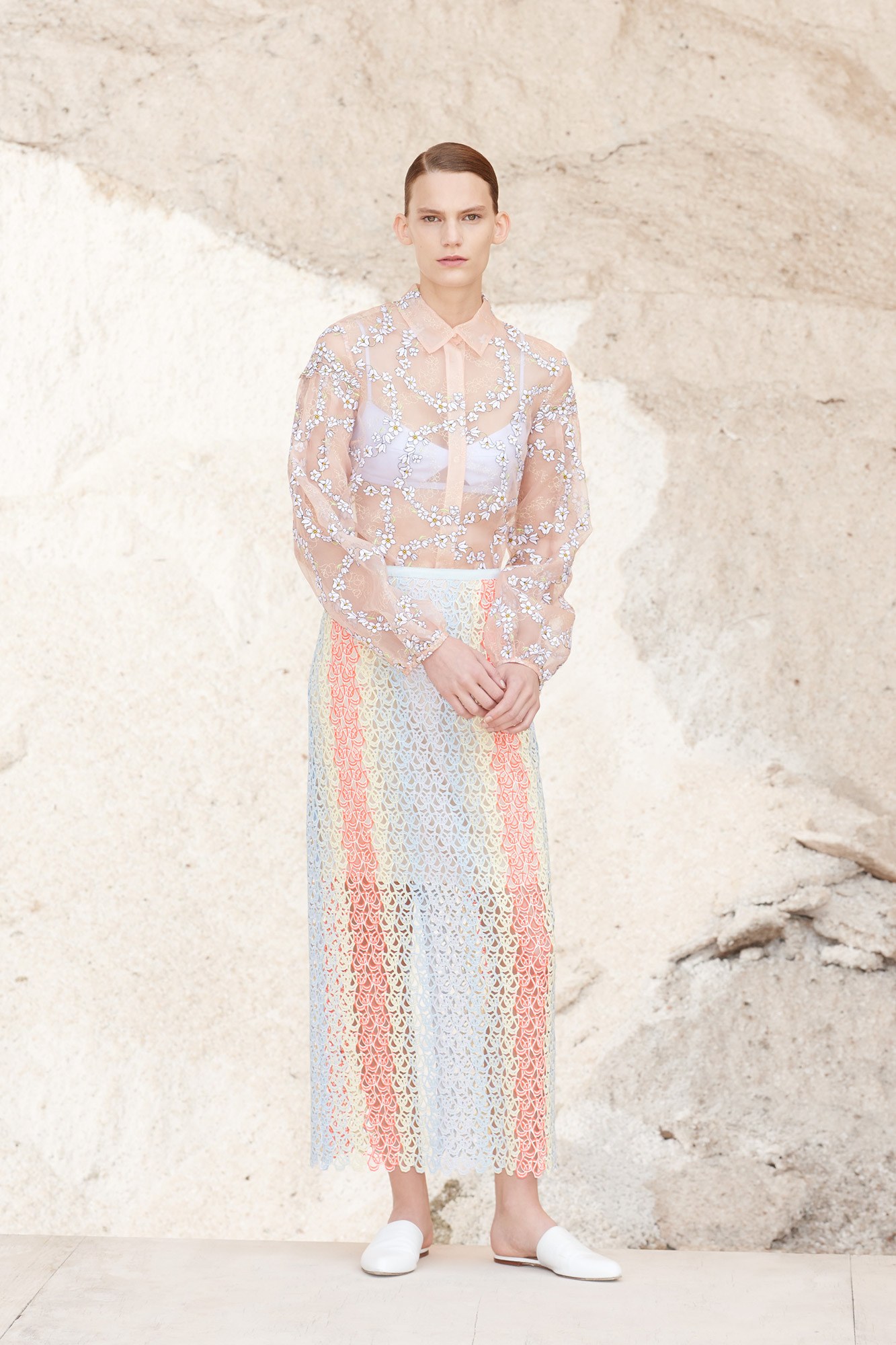
FAIR TRADE
It refers to a kind of trade that respects and protects workers in a certain field and, consequentially, in their territory. To obtain this certification, it is necessary to respect high standards that guarantee the consideration and support of the people involved in a production process while working on its development.
CARBON NEUTRALITY
It refers to a company that calculates the total impact of its production in carbon emissions to reduce them where possible, while compensating the rest in environmental support projects and programs, such as planting new trees or investing in renewable energy. Gucci, for example, is aiming at a policy based on carbon neutrality for all its activities, compensating for the generated emissions by donating to associations that deal with stopping deforestation. Gabriela Hearst (a pioneer of sustainable fashion) instead, for the fashion show of the SS20 collection, calculated the carbon footprint of the event and then donated its monetary equivalent to an association that protects the forests and communities in Kenya.

